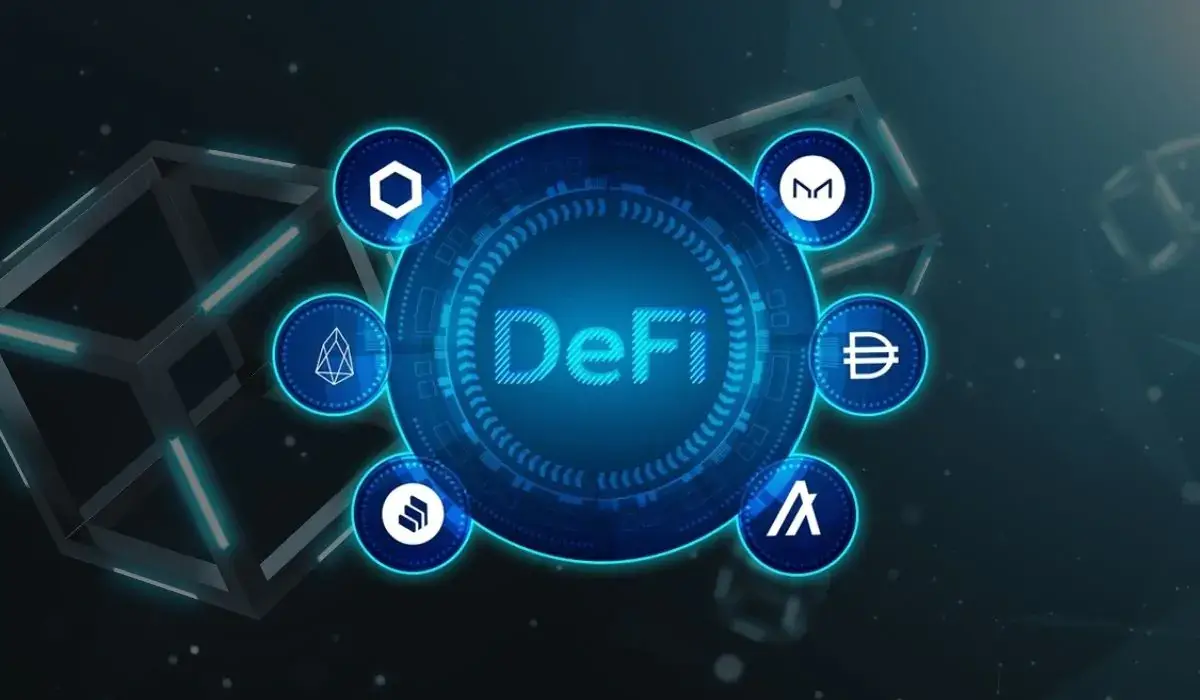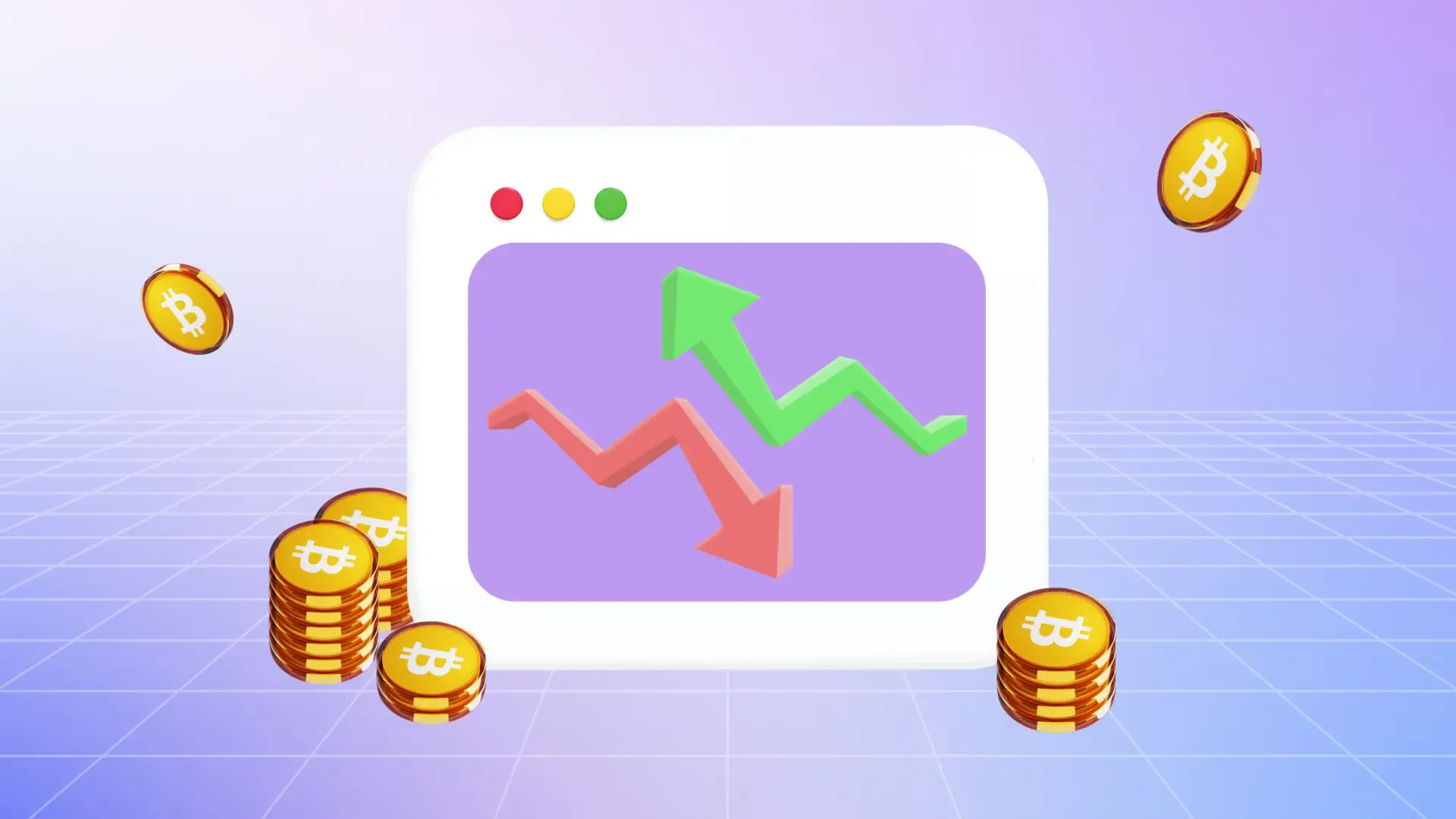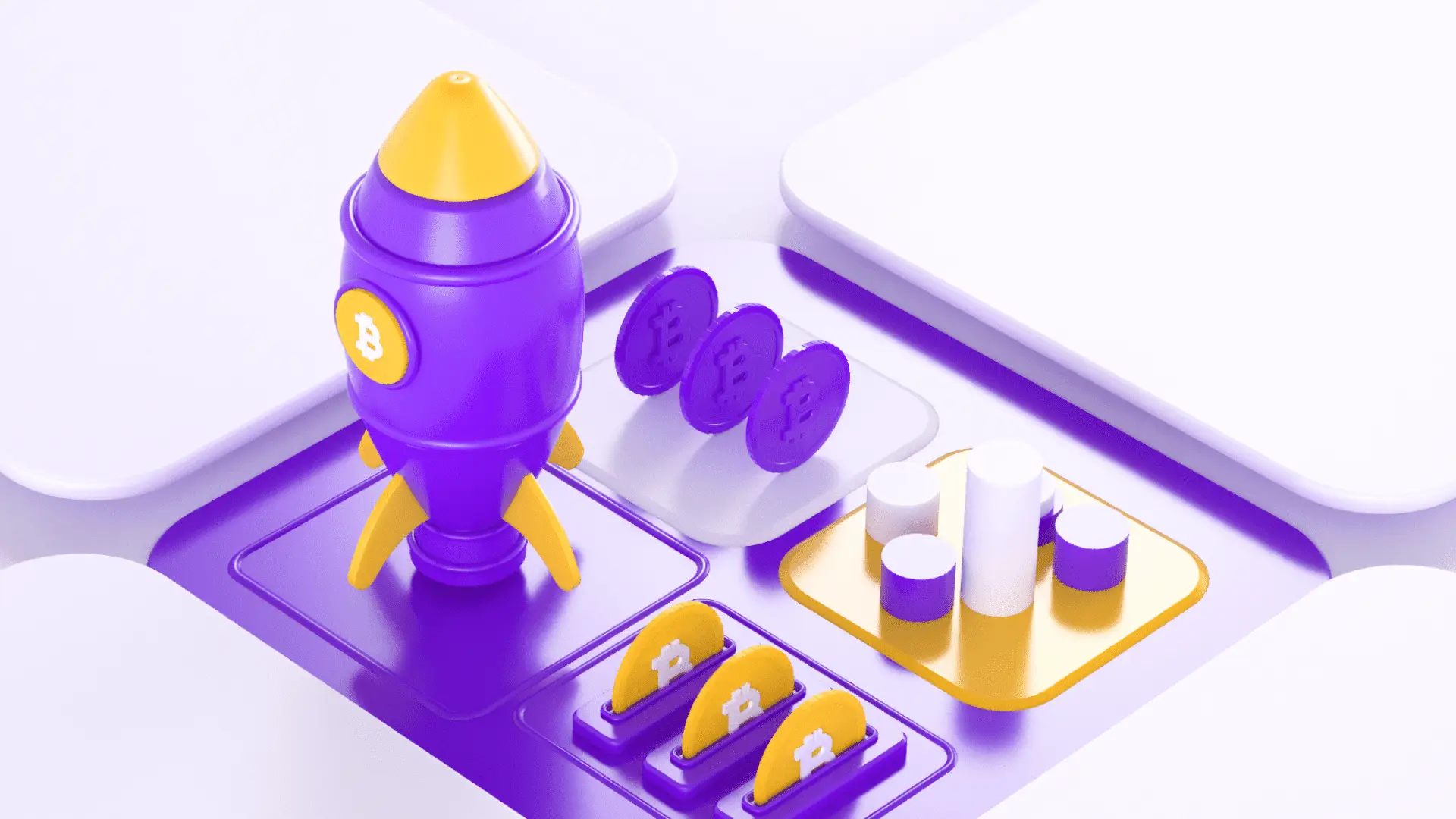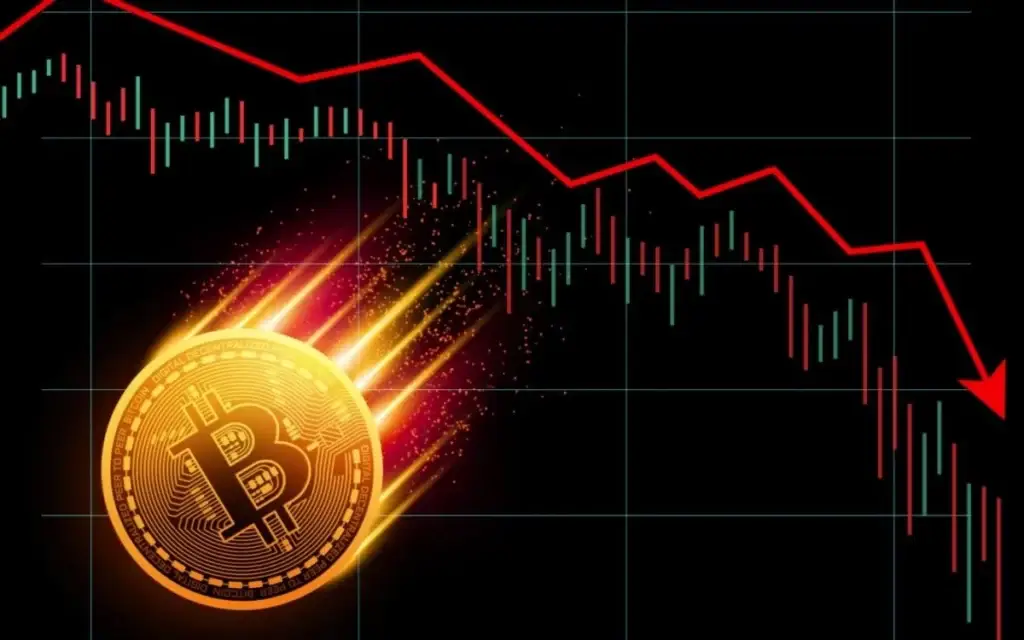In 2025, the cryptosphere relies on fast technologies, multi-platform applications, and complex security protocols. Constant volatility, regular hacker attacks, and increasing regulation enhance the demand for a conscious approach to the question of how to choose a cryptocurrency wallet.
Modern devices offer flexible storage formats: from mobile applications and browser extensions to hardware solutions. It is important to consider that the question of where to store cryptocurrency has ceased to be purely technical. Now it depends on the strategy, goals, and asset management style.

Storage Security: Technologies, Codes, and Passwords in 2025
Strong cryptographic methods, a well-thought-out encryption system, and access control through unique codes and complex passwords protect digital assets from threats.
Today, hackers use complex phishing schemes and attack not only exchanges but also individual cases. Multi-layered protection comes to the forefront. High security levels of cryptocurrency are provided by wallets with autonomous key generation and support for cold storage – these repositories are not connected to servers and maintain the owner’s privacy.
The selection must necessarily take into account protection through physical devices – hardware devices that cannot be remotely hacked.
Types of Crypto Wallets: How to Choose a Cryptocurrency Wallet Correctly
In 2025, the choice of a crypto wallet depends on the balance between the level of protection, convenience of access, and personal financial goals. Different storage formats provide unique opportunities and require a conscious approach to security. The market offers three main formats: hardware, software, and paper wallets.
Hardware Crypto Wallets
Hardware devices provide maximum protection. Popular models like Ledger Nano X and Trezor Model T use local storage of private keys, avoid constant internet connection, eliminate the risk of hacking through online services. The most secure crypto wallets support two-factor authentication and encryption with a backup recovery code.
Software Crypto Wallets
Mobile applications and browser extensions provide quick access but require constant security monitoring. MetaMask demonstrates high transaction processing speed but depends on the device’s security level and the reliability of applications. Choosing a crypto wallet for everyday payments is a question where mobility outweighs the storage level.
Paper Crypto Wallets
A paper wallet stores private keys in a physical format. This method minimizes the risk of hacking but requires strict storage control. Losing a paper medium leads to irreversible asset loss.
How to Choose a Cryptocurrency Wallet Correctly Without Errors
In 2025, a smart choice of crypto storage is the foundation for secure handling of digital assets. Making the wrong choice can lead to loss of access, financial losses, or hacks.
Key factors:
- Storage Type: cold (offline) or hot (online) storage of digital assets determines the balance between access speed and security level.
- Security Level: encryption support, password protection, backup codes, and two-factor authentication create a strong barrier against hacking.
- Compatibility: digital storage must support the required digital assets. It should also be compatible with various devices and operating systems.
- Interface and Convenience: clear functionality speeds up operations, minimizing the risk of errors in transactions.
- Regulation and Compliance: the legality of using the wallet in the country is a mandatory selection criterion.
Careful examination of all parameters helps avoid critical errors and choose a storage solution that will be stable and secure in the long term. A conscious approach to choosing protects both funds and the user’s personal data.
Where to Store Cryptocurrency: Examples of Real Strategies
Choosing the right cryptocurrency wallet is closely related to the task of where to store cryptocurrency safely and accessibly at the same time.
For short-term operations and active trading, software devices connected to exchanges or exchangers are suitable. Here, the exchange rate plays a decisive role, and transaction execution speed is a priority.
For long-term storage and protection of large sums, hardware wallets with offline access are used. Volatility and the risk of loss are reduced by avoiding constant internet connection.
The largest market players already allocate assets to different cases. This approach helps reduce risks, optimize income, and increase resilience to hacker attacks.
Security Guide: How to Choose a Cryptocurrency Wallet Correctly
Without understanding basic security principles, it is a direct path to the loss of digital assets.
Serious mistakes are often related to storing passwords in digital form without protection, ignoring updates, and using unreliable applications. It is important to rely on current technologies and proven devices that support two-factor authentication and complex encryption schemes.
Regular verification of download sources is necessary. Installing exclusively from official servers and developers’ websites eliminates the risk of infection with malicious code.
Passwords should be stored offline, on physical media, or in special encrypted storage without network connection.
Legislation and Regulation: Impact on Choosing a Crypto Wallet
Many countries are implementing mandatory requirements for identifying and reporting operations with digital assets. Regulation strengthens control over transactions and requires the use of wallets supporting KYC (customer identification).
Using anonymous wallets in a jurisdiction with strict legislation can lead to access blocking or transaction restrictions. It is important to choose a wallet that complies with local laws and is allowed to operate on the chosen exchange.
Volatility, Risk, and Income: Impact on Choosing a Cryptocurrency Wallet
High volatility of digital assets requires readiness for instant operations when the exchange rate changes. Here, mobile and software devices with instant access to the exchange and built-in exchange tools are advantageous.
For long-term strategies focusing on income preservation and risk minimization, preference is given to hardware devices operating in offline mode.

Distributing assets between hot and cold wallets allows flexible response to market changes and maintains a high level of cryptocurrency security.
Conclusion
Choosing the right cryptocurrency wallet is a question that requires strategic thinking. Without careful analysis of security, regulation, storage goals, and device format, it is difficult to ensure reliable protection of digital assets. In 2025, a smart selection of crypto storage becomes the basis for financial stability in the cryptosphere, where speed, risk, income, and privacy require constant control.












 Before investing in DeFi, it is important to determine which blockchain the protocol you are interested in is based on. Ethereum, BNB Chain, Arbitrum, Optimism, Avalanche: each solution has its own speed, gas fees, liquidity and number of projects. On the Ethereum network, for example, the cost of a transaction can vary from £3 to £25, depending on the load. Layer-2 solutions reduce the commission to a few cents while maintaining the same level of security. The choice of network depends on the capital, the frequency of transactions and the investment objectives.
Before investing in DeFi, it is important to determine which blockchain the protocol you are interested in is based on. Ethereum, BNB Chain, Arbitrum, Optimism, Avalanche: each solution has its own speed, gas fees, liquidity and number of projects. On the Ethereum network, for example, the cost of a transaction can vary from £3 to £25, depending on the load. Layer-2 solutions reduce the commission to a few cents while maintaining the same level of security. The choice of network depends on the capital, the frequency of transactions and the investment objectives. The sector is growing. The number of unique wallets interacting with DeFi has exceeded 7 million. By 2025, solutions based on zk-Rollup, RWA platforms (tokenisation of real estate, securities) and hybrid protocols with CeFi features will appear. The development of DAO and voting based on participation in management reinforces the importance of long-term token ownership. New standards for smart contracts minimise risks. Therefore, understanding how to invest in DeFi remains an important skill for investors.
The sector is growing. The number of unique wallets interacting with DeFi has exceeded 7 million. By 2025, solutions based on zk-Rollup, RWA platforms (tokenisation of real estate, securities) and hybrid protocols with CeFi features will appear. The development of DAO and voting based on participation in management reinforces the importance of long-term token ownership. New standards for smart contracts minimise risks. Therefore, understanding how to invest in DeFi remains an important skill for investors.
 The unique nature of digital assets is reflected in their decentralized nature, high liquidity and global availability. These features make them an effective addition to a portfolio, especially for diversification and hedging. The main advantages of investing in cryptocurrencies:
The unique nature of digital assets is reflected in their decentralized nature, high liquidity and global availability. These features make them an effective addition to a portfolio, especially for diversification and hedging. The main advantages of investing in cryptocurrencies: The cryptocurrency market presents unique opportunities, but also unique threats. The answer to the question of whether it is worth investing in cryptocurrencies depends on your understanding, discipline, goals, and planning horizon. The market continues to evolve. Protocols are expanding, adoption is increasing, and regulations are becoming more efficient. This means that digital assets have already taken their place in the global financial system.
The cryptocurrency market presents unique opportunities, but also unique threats. The answer to the question of whether it is worth investing in cryptocurrencies depends on your understanding, discipline, goals, and planning horizon. The market continues to evolve. Protocols are expanding, adoption is increasing, and regulations are becoming more efficient. This means that digital assets have already taken their place in the global financial system.
 The market offers different participation options. Important:
The market offers different participation options. Important: Cryptocurrency gambling is not just a way to make money, but an essential part of a complex system. PoS protocols replace energy-intensive algorithms, open up access to passive income, lower the barrier to entry, and increase decentralization. Demand for PoS assets is growing. The number of DeFi products with staking functionality is growing. New generations of tokens are emerging that can adapt to volatility. Legal frameworks are also gradually emerging in the US and EU.
Cryptocurrency gambling is not just a way to make money, but an essential part of a complex system. PoS protocols replace energy-intensive algorithms, open up access to passive income, lower the barrier to entry, and increase decentralization. Demand for PoS assets is growing. The number of DeFi products with staking functionality is growing. New generations of tokens are emerging that can adapt to volatility. Legal frameworks are also gradually emerging in the US and EU.
 Choosing the right asset is an important step for any potential investor who wants to get started with cryptocurrency. There are currently more than 12,000 currencies on the market, but not all of them have sufficient growth potential and are not all resistant to exchange rate fluctuations.
Choosing the right asset is an important step for any potential investor who wants to get started with cryptocurrency. There are currently more than 12,000 currencies on the market, but not all of them have sufficient growth potential and are not all resistant to exchange rate fluctuations. Here’s how to start investing in cryptocurrencies as a beginner: learn the basics, choose a reliable platform, and diversify your portfolio. By following these simple guidelines, you’ll minimize risk and significantly increase your chances of a stable, long-term income. Cryptocurrencies are no longer seen as risky and unpredictable. They’ve become a full-fledged asset that millions of investors are looking for.
Here’s how to start investing in cryptocurrencies as a beginner: learn the basics, choose a reliable platform, and diversify your portfolio. By following these simple guidelines, you’ll minimize risk and significantly increase your chances of a stable, long-term income. Cryptocurrencies are no longer seen as risky and unpredictable. They’ve become a full-fledged asset that millions of investors are looking for.
 Long-term investing involves holding assets for several years, despite short-term market fluctuations. Patience and fundamental analysis are the key factors for success in this case.
Long-term investing involves holding assets for several years, despite short-term market fluctuations. Patience and fundamental analysis are the key factors for success in this case. Effective cryptocurrency investment strategies help manage risk and increase returns. Long-term investments are suitable for patient investors who are willing to wait for the price of promising assets to rise. Short-term trading requires attention and knowledge of technical analysis.
Effective cryptocurrency investment strategies help manage risk and increase returns. Long-term investments are suitable for patient investors who are willing to wait for the price of promising assets to rise. Short-term trading requires attention and knowledge of technical analysis.
 Market research plays a crucial role in successful coin trading. There are two types of analysis:
Market research plays a crucial role in successful coin trading. There are two types of analysis: Now you know how to trade cryptocurrencies. It is an art that requires knowledge, practice, and discipline. When you learn the basics of trading, risk management, and mental resilience, you open up opportunities to generate a stable income. By understanding the market and choosing the right strategy, you can allocate your resources more effectively and become financially independent.
Now you know how to trade cryptocurrencies. It is an art that requires knowledge, practice, and discipline. When you learn the basics of trading, risk management, and mental resilience, you open up opportunities to generate a stable income. By understanding the market and choosing the right strategy, you can allocate your resources more effectively and become financially independent.
 Investing in Bitcoin offers beginners a unique opportunity to earn significant returns. Historically, the value of this asset has experienced impressive growth, even reaching record highs. The price of Bitcoin is expected to reach $100,000 by 2025, opening the door to huge profits. In addition, Bitcoin has high liquidity, allowing you to quickly buy and sell assets depending on market conditions. Investors who got in early are already seeing results in the form of more capital.
Investing in Bitcoin offers beginners a unique opportunity to earn significant returns. Historically, the value of this asset has experienced impressive growth, even reaching record highs. The price of Bitcoin is expected to reach $100,000 by 2025, opening the door to huge profits. In addition, Bitcoin has high liquidity, allowing you to quickly buy and sell assets depending on market conditions. Investors who got in early are already seeing results in the form of more capital. Investing in Bitcoin in 2024/25 offers unique opportunities for capital growth and diversification of your investment portfolio. The combination of innovation, increasing adoption, and stable price growth makes the coin an attractive asset for long-term investment. It is important to consider the risks and implement strategies to minimize them to ensure a successful investment.
Investing in Bitcoin in 2024/25 offers unique opportunities for capital growth and diversification of your investment portfolio. The combination of innovation, increasing adoption, and stable price growth makes the coin an attractive asset for long-term investment. It is important to consider the risks and implement strategies to minimize them to ensure a successful investment.